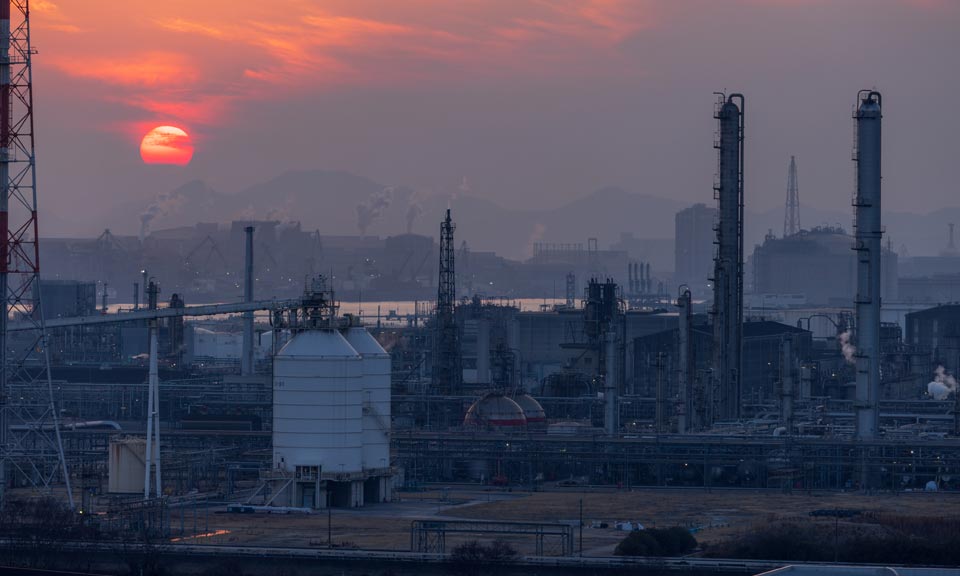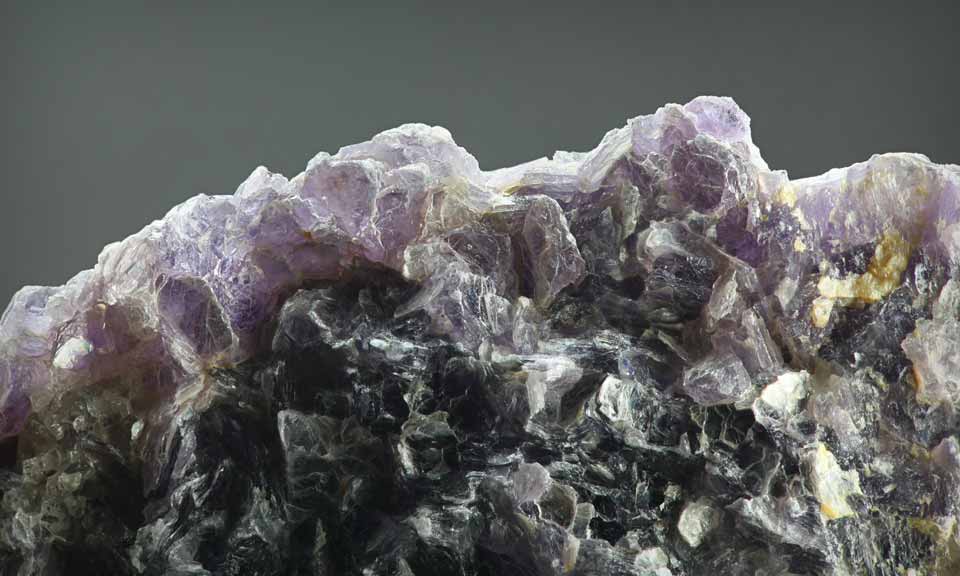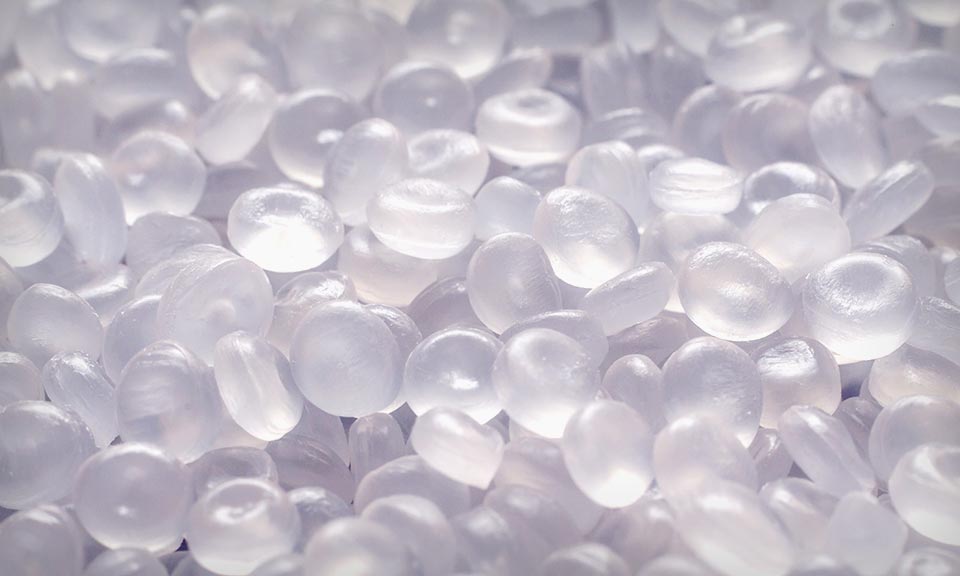High costs, lower margins to weigh on Japan’s steam cracker operations in April

Japan's naphtha-fed steam crackers are to face increased pressure to lower run rates in April with more crackers returning from maintenance, a change from March when many were able to maintain close to full operations to make up for the shortfall in domestic ethylene production during maintenance season, which is in contrast with the widespread run cuts at other Asian steam crackers due to poor downstream margins.
Around 37% of Japan's steam cracking capacity was shut due to maintenance in March, however, this will drop to around 25% in April as Keiyo Ethylene's cracker was in the process of restarting. The return of Keiyo Ethylene's cracker production would pressure Japanese cracker margins and spark lower operation rates.
Comparatively, naphtha-fed steam crackers in South Korea and China had cut run rates to an estimated 85%-90% in March, with many expected to reduce rates further to 80% in April, amid weak ethylene demand and high naphtha costs.
The average operation rate of Japan's naphtha-fed steam crackers was 97.4% in December 2021, 94.2% in January 2022, and 92.4% in February 2022, latest data from Japan Petrochemical Industry Association showed.
The expected restart of Japanese crackers in April could alleviate the tightness for spot ethylene, some market sources said.
"We have some enquiries from buyers in Southeast Asia, as there is very limited availability there. However, with crackers in Northeast Asia planning to cut operating rates further in April, it has been difficult to secure cargo," a trader based in Southeast Asia said. "Japanese crackers typically operate at high operating rates of 95%-100%, so the supply situation could ease a little if these crackers restart as planned and run at their normal rates."
As crackers in Japan typically supply contractual ethylene volumes to the domestic markets, some Japanese buyers had to import ethylene from other Asian regions. However, volumes were limited by lowered operating rates at downstream facilities, according to some traders.
"There is no definite answer for what the outlook will be like because the upstream markets are too volatile and downstream demand is weak," a trader based in Northeast Asia said. "But definitely the restarts will help to improve the supply situation in Asia overall."
Non-integrated producers of key downstream products such as polyethylene, monoethylene glycol, and styrene monomer have suffered negative production margins since late February, slashing operating rates in order to reduce ethylene consumption.
Margins for HDPE film were last calculated at negative $300/mt March 28, S&P Global Commodity Insights data showed. Margins for MEG were calculated at negative $265/mt, while margins for SM were at minus $157.425/mt.
Ethylene buyers reduced purchase quantities in March amid the operating rate cuts, with several saying they would only purchase sufficient feedstock to supply contractual volumes as derivative production was unprofitable.
Many Asian steam cracker operators shied away from purchasing H2 April delivery naphtha feedstock, as they were faced with a spike in costs, which crunched downstream earnings. Purchasing activity resumed in H1 May but remained muted as many were not keen on the high costs of naphtha and had lowered run rates.
Benchmark C+F Japan naphtha rose above the psychological $1,000/mt level in early March, and averaged $1,012.40/mt over March 1-28. Comparatively, the average in February was $858.16/mt, while the January average was $769.86/mt, S&P Global data showed.
This also attracted steam crackers to use LPG as an alternative feedstock to lower overall costs at various times from January through March. The resultant drop in demand weakened Asian naphtha even as supply shortened drastically from fewer Western inflows and crude-driven flat prices.
LPG is typically an alternative steam cracker feed stock that is economically viable when it is 90% or lesser than the price of naphtha. However, most steam crackers can only switch a small portion of their feedstock to LPG.
Reflecting the weaker naphtha sentiment, key CFR Japan naphtha physical crack against front month ICE Brent crude futures shrank to a nine-month low of $93.45/mt at the March 25 Asian close, down $44.125/mt on the week, S&P Global data showed. The physical crack has since edged back up to $104.75/mt at the Asian close March 28 due to the strength of the European naphtha segment.
"Naphtha market will be bearish in April and May as some crackers will return from turnaround in Japan," a Japan-based naphtha end-user said. "Maybe the cracker margins will be fine in June, because some crackers [had lowered] operation rates for April and May. So supply and demand balance for derivative products will be fine in June [and] the value of naphtha will recover in June and July."
News
Geopolitical pressures — including rising resource nationalism and a year in which over 50% of countries will be having elections — as well as inflationary pressures have sent energy transition progress into “discord.” A specialty chemicals panel session held March 19 at the World Petrochemical Conference by S&P Global in Houston, Texas, tracked the challenges and opportunities of the energy transition for the industry. Speaking at the session, Roman Kramarchuk, head of climate markets and policy analytics at S&P Global Commodity Insights, said that if the short-term scenario continues, global temperatures could rise 2.4 degrees Celsius by 2100, far above the Paris Agreement’s goal of a 1.4-degree increase. “Over the past few years, we’ve certainly been trending more towards our ‘discord’ scenario,” Kramarchuk said. “We’re trending toward a longer runway for fossil fuels and less [greenhouse gas (GHG)] emission reductions. This is a case of less GDP growth, less trade and less technology transfer.” Since 1990, world GHG emissions have grown 45%, with mainland China, India and the Middle East representing the biggest increases in emissions, at 304%, 241% and 181%, respectively. Over the last 25 years, the Commonwealth of Independent States and the EU have cut their emissions the most, with decreases of 39% and 31%, respectively. The US has cut emissions 1% since 1990. Of S&P Global Commodity Insights’ three energy and climate scenarios, only one, “green rules,” has global temperatures near the Paris Agreement’s 1.5-degree goa, with an expected increase of 1.7-degrees Celsius by 2100l. The “green rules” scenario, however, assumes more technology transfer, cooperation and policy-driven outcomes than is currently happening. “2030 is not that far away,” Kramarchuk said, “and when you think about what the energy transition will take, solar panels can be constructed fast, but anything beyond that — like an onshore or offshore wind plant or a nuclear unit — we’re getting into lead times of 5, 10, or 20 years.” While the US Inflation Reduction Act has helped speed these transformational energy products along, there are still a lot of slowdowns in permitting, especially in Europe. “We joke that there needs to be a ‘Complexity Reduction Act’ in Europe to move things forward,” Kramarchuk said. Harald Schwager, deputy chairman of Evonik Industries AG’s executive board, added that companies are stuck in a hard place. Evonik has signed power purchase agreements (PPAs) to be powered fully by renewable energy by 2030. “The question will be, will production capacity be hampered by the regulatory process and will we have sufficient infrastructure in place to transport enough renewable power for site demand by then,” Schwager said. Distant peaks Commodity Insights’ energy and climate base case pegs the peak years for coal, oil and gas demand to be 2022, around 2030 and 2040, respectively. “When there is a surprise need for energy,” Kramarchuk said, pointing toward the COVID-19 pandemic and a drought in China, which caused a boost in coal usage, “fossil fuels fill that need.” However, “there’s more investment in renewable capacity than we’re seeing in upstream oil and gas,” Kramarchuk said. Under all scenarios, renewable electricity will be the lion’s share of newly generated energy sourcing. Rebecca Liebert, president and CEO of Lubrizol Corp., said that it is the duty of specialty chemical producers to be agile and proactive in bringing innovative and more sustainable products to market. “Political and technical factors are all things we must account for in our bring-to-market timelines. And we get it right a lot of times, but we get it wrong some of the time. Sometimes you get to market before the market is ready for your product. And I think that’s great, to have a solution on the shelf as the market comes along.” Schwager agreed: “In the specialty chemical industry, we have more good ideas than we have money. And there’s no regret on moves for improved efficiency.” While there has been little movement on target setting and market-based mechanisms for growing renewable energy, COP28’s first global stocktake committee called for “countries to contribute to triple global renewable energy capacity and double global energy efficiency by 2030.” “Even though we are heading for the discord path right now, with all the technology solutions and innovation pushes, we’ll be shooting up ahead towards the ‘green rules’ scenario in the long-term,” Kramarchuk concluded. This article was first published in chemweek.com .

News
Two NGOs appealing against permits Initial plan was to start end of 2023 BASF is facing a delay of the operational start of its newly built precursor cathode active materials (pCAM) plant in Finland due to two non-governmental organizations (NGOs) appealing against already-granted permits, a spokesperson for the German petrochemicals company confirmed to S&P Global Commodity Insights Feb. 27. BASF initially aimed to start commercial production at the Harjavalta plant at the end of last year. “The necessary permit to operate this plant has been granted last year by the relevant authorities,” the spokesperson said. “However, two NGOs have filed an appeal against the already granted permit. Next steps and timing will depend on the furtherance of the judicial process before the Vaasa Administrative Court,” said the spokesperson. The pCAM plant will use renewable energy resources, including hydro, wind and biomass-based power and will be supplied with nickel and cobalt from Nornickel’s adjacent refinery. The plant is part of BASF’s plan to supply the battery industry and subsequently automotive industry with lower carbon emission cathode active material. Platts, part of S&P Global Commodity Insights, assessed cobalt metal in-warehouse Rotterdam at $15/lb on Feb. 26, stable from the previous assessment Feb. 23, while the nickel-cobalt black mass EXW Europe payables was at 54% Feb. 26, also stable.

News
The petrochemical landscape has been transformed in recent years by new technologies and the global energy transition, resulting in numerous production pathways and the development of more sustainable products. S&P Global Commodity Insights has created Chemical Connections , an interactive chart which shows the links between chemicals, from upstream feedstocks to derivative products. The second slide offers a map showing our price assessments and benchmarks for chemicals across the value chain around the world. These prices are used by market participants daily to write contracts, monitor their markets and achieve full transparency around transactions.